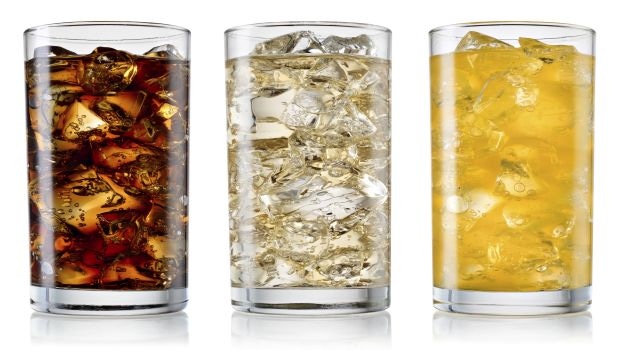Despite the clean safety testing results for caramel colors over the last several decades, the safety of caramel colors came under question when 4-MeI became a compound of concern after the listing by California Proposition 65.
March 13, 2015


Editor's Note: Food Product Design would like to thank Margaret A, Lawson, CFS, for contributing the following guest blog. Lawson is the vice president regulatory and scientific affairs liaison for D.D. Williamson “The Color House" and serves on the board for the International Caramel Association (ITCA) and as the vice president for the European Natural Food Colours Association (NATCOL). With her extensive global food ingredient career, she is a Certified Food Scientist (CFS) as well as a past president of the Institute of Food Technologists (IFT). She also is honored to be selected a fellow of both IFT and the UK Institute of Food Science & Technology (IFST). Lawson earned her Food Science & Technology degrees from the University of California at Davis. She can be reached at [email protected].
Caramel colors have provided a magnificent range of brown colors to U.S. food and beverages for more than 150 years, either naturally formed or as a color additive.
Caramel colors are naturally derived from the controlled heat process/caramelization of heating carbohydrates. These wonderful shades of brown have been used for centuries to deliver a range of yellow to red brown hues in food and beverage products. Commercially, there are four classes of caramel colors, Class I, II, III and IV, which differ in order to meet the expected color shade and stability in the final food or beverage.
You may have recently read about caramel color due to a naturally occurring compound called 4-methylimidazole (4-MeI or 4-MEI). 4-MeI is a trace compound formed during the Maillard browning reaction, a natural heat or cooking process. 4-MeI is ubiquitous and can be found in foods browned, grilled or roasted at home such as grilled/roasted meats, baked goods, sauces, roasted coffee as well as in commercially produced Class III and IV caramel colors. For centuries, men and women have enjoyed the delicious flavors and appealing brown color produced by the Maillard browning reaction and the caramelization process.
Despite the clean safety testing results for caramel colors over the last several decades, the safety of caramel colors came under question when 4-MeI became a compound of concern after the listing by California Proposition 65. The National Toxicology Program (NTP) issued a report with findings that mice showed an increase in lung tumors after exposure to excessive amounts of 4-MeI; yet, 4-MeI did not have a carcinogenetic effect on rats. Despite numerous safety testing—over 20 times in the last 30 years—caramel color has never shown any health risk to humans. However, California is required to enforce a warning label on products that contain a potential carcinogen; Class III and IV caramel colors do contain trace levels of 4-MeI. Although the initial concern was for the safety of California industrial workers that were exposed to high levels of 4-MeI, the Prop 65 listing resulted in a required food or beverage warning label if the average daily intake of 4-MeI from a food or beverage exceeds 29 micrograms per day. To equal the 4-MeI levels studied by that NTP, a person would need to consume 1,800 cans of cola per day.
The maximum level of 4-MeI permitted in a commercially produced caramel color is limited by the Food Chemical Codex (FCC) standards, the Joint Expert Committee for Food Additives (JECFA) and the European Union. Thanks to innovative research, caramel manufacturers offer Class III and IV colors with 4-MeI levels well below the legal limit. They also offer Class I (“plain") colors which contain none.
Around the world, caramel color intake and exposure data have led FDA, the European Food Safety Authority (EFSA) and Health Canada to conclude and reiterate that there is no health risk to humans presented by 4-MeI exposure levels in food and beverages. FDA approves caramel color as a food additive and for decades has listed it as a generally recognized as safe (GRAS) ingredient. It continues to have global authorization for use in food and beverage products.
Enjoy your caramel colored drink, roasted coffee, grilled meat and other brown food without a safety concern.
You May Also Like




.png?width=800&auto=webp&quality=80&disable=upscale)